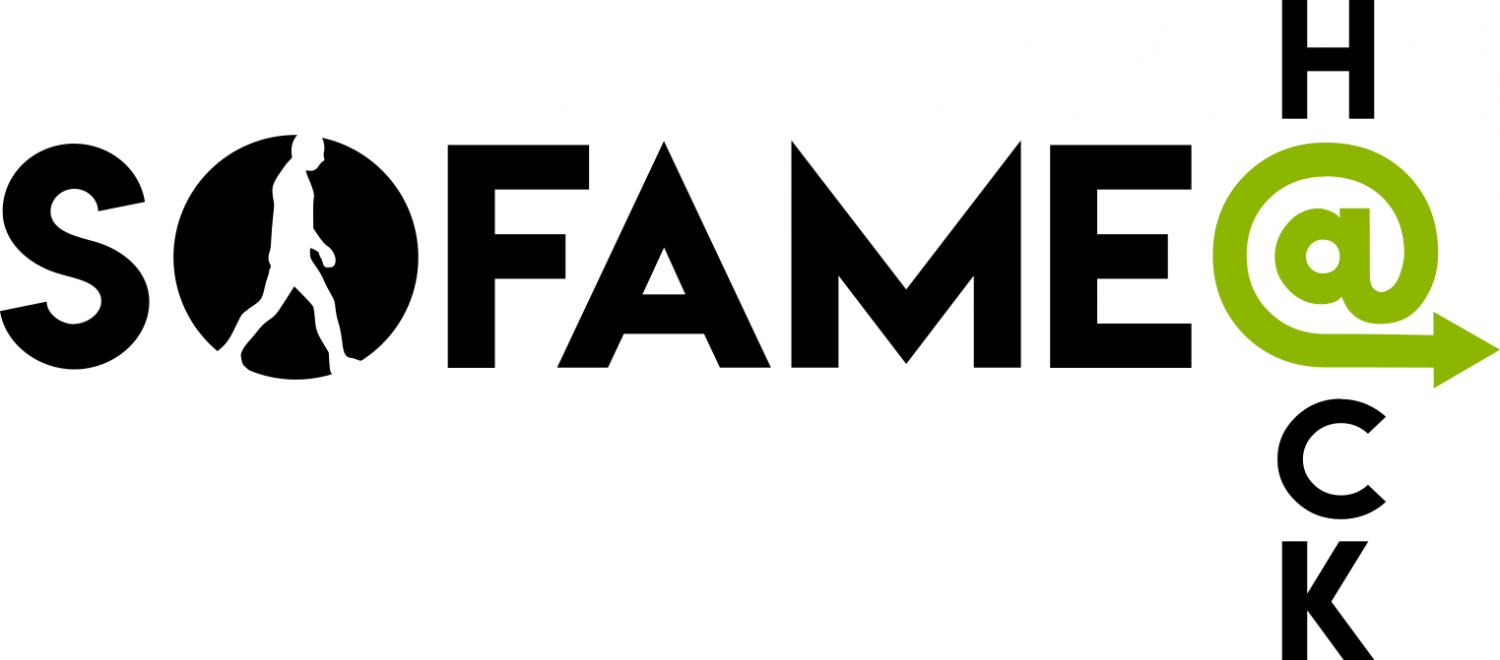Gait event detection
Gait events, i.e. foot off and foot strike, are needed to define spatiotemporal parameters and to normalise gait data in time. The clinical standard to define gait events is the use of ground reaction forces measured by forceplates (Veilleux et al. 2015; Carcreff et al. 2018). This information allows an accurate detection of the instant the foot touches or leaves the ground. However, for some patients with small stride/step length or that uses technical walking aids, the detection with forceplates might not be possible. The detection can still be done manually, but it is time consuming and relies strongly on the operator expertise. Furthermore, this process often results in data with low accuracy and low reproducibility. A solution is to develop automatic detection algorithms based on marker trajectories and/or joint kinematics, such as proposed by Zeni et al. (2008), Desailly et al. (2009) or Ghoussayni et al. (2004). However, to date these methods can show a good repeatability and accuracy for patients with low impairments but not for patients with strong impairments (Bruening and Ridge 2014). Consequently, a time-consuming manual check of the events still needs to be done systematically. Thus, there is a need for algorithms that can identify gait events with good accuracy and repeatability in clinical settings.
The aim of the challenge
To develop an algorithm based on marker trajectories and/or joint kinematics that can identify gait events for healthy and pathological gait. For this first edition, it has been chosen to use only one of the most widely used markersets in clinical settings: the Conventional Gait Model. A set of pathological gait data (cerebral palsy GMFCS I/II/III, idiopathic toe walker and feet deformities) containing marker trajectories and gold-standard gait events identified with forceplates is available in the Download part of this website.
Results
The Deep Event algorithm developed by Mathieu Lempereur (research engineer at the CHRU of Brest) wins with an overall score of 3.51 corresponding to a mean error between gold standard event and the one detected by his algorithm of 0.76 frames.
The proposed algorithm (Deep Event) is based on deep learning. The development of Deep Event was firstly based on his lab gait database containing more than 10 000 gait events. An article on proof of concepts and concurrent validity has been published in the Journal of Biomechanics (https://doi.org/10.1016/j.jbiomech.2019.109490).
Full Ranking:
- Mathieu Lempereur (Deep Event) final score : 3,51
- Marc Desaules and Kieran Shubert (Data Mining) final score : 1.53 e+5
- Hugo Vili and Florent Moissenet (Joint Entropy) final score : 2.12 e+6
- Amyn Jaafar (Recurrent neural network) 6.53 e+6
- Team Kalf (Mean Learning) 25 e+77 (on some files no event was detected resulting in large errors)
References
L.-N. Veilleux, M. Raison, F. Rauch, M. Robert, L. Ballaz, Agreement of spatio-temporal gait parameters between a vertical ground reaction force decomposition algorithm and a motion capture system, Gait Posture. 43 (2016) 257–264. doi:10.1016/j.gaitpost.2015.10.007.
L. Carcreff, C. Gerber, A. Paraschiv-Ionescu, G. De Coulon, C. Newman, S. Armand, K. Aminian, What is the Best Configuration of Wearable Sensors to Measure Spatiotemporal Gait Parameters in Children with Cerebral Palsy?, Sensors. 18 (2018) 394. doi:10.3390/s18020394.
J.A. Zeni, J.G. Richards, J.S. Higginson, Two simple methods for determining gait events during treadmill and overground walking using kinematic data, Gait Posture. 27 (2008) 710–714. doi:10.1016/j.gaitpost.2007.07.007.
E. Desailly, Y. Daniel, P. Sardain, P. Lacouture, Foot contact event detection using kinematic data in cerebral palsy children and normal adults gait, Gait Posture. 29 (2009) 76–80. doi:10.1016/j.gaitpost.2008.06.009.
S. Ghoussayni, C. Stevens, S. Durham, D. Ewins, Assessment and validation of a simple automated method for the detection of gait events and intervals, Gait Posture. 20 (2004) 266–272. doi:10.1016/j.gaitpost.2003.10.001
D.A. Bruening, S.T. Ridge, Automated event detection algorithms in pathological gait, Gait Posture. 39 (2014) 472–477. doi:10.1016/j.gaitpost.2013.08.023.
